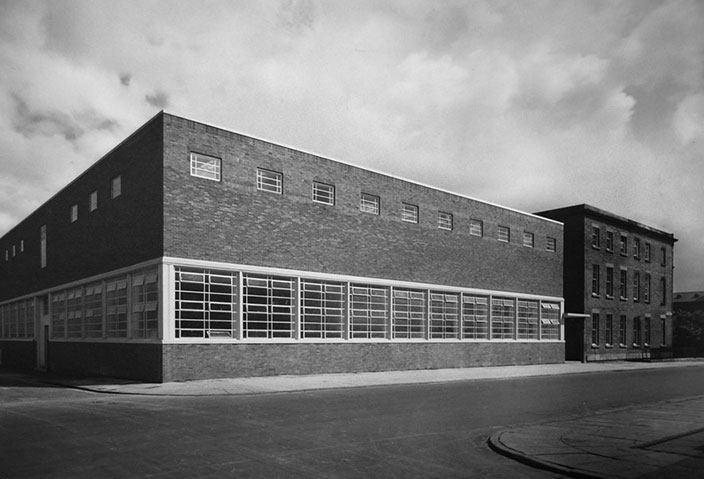The extension was financed primarily by the 1st Lord Leverhulme, a philanthropist who, prior to his death in 1925, promised Reilly funds to build the School. Additional money was also given by the 2nd Lord Leverhulme to account for rising construction costs. Since the School relocated to Abercromby Square from ‘Reilly’s Cowsheds’, former hospital wards near the Victoria building, the extension has been named the ‘Leverhulme Building’.
The Leverhulme family were well known as soap magnates based on the Wirral, with the 1st Lord Leverhulme having an interest in architecture and civic design. This can be seen in the development of Port Sunlight worker’s village, Leverhulme Park in Bolton as well as donations to build the School of Architecture and the establishment of the Chair of Civic Design. The 1st Lord Leverhulme also left money in his will to form the Leverhulme Trust, a national organisation offering scholarships for research and education to this day.
In 2020, activism led by the Black Lives Matter movement highlighted that the Lever Brothers company acquired palm oil for their soap in part using forced labour in the Belgian Congo, Africa. The School of Architecture immediately reported this to senior management at the University, who are in the process of establishing a naming framework to review existing and proposed names, and are working with researchers to investigate the business operations of the Levers in the Belgian Congo and Solomon Islands. Racism and discrimination have no place in society, on our campus and in the curriculum.
Further reading
Lord Leverhulme's ghosts: colonial exploitation in the Congo, Jules Marchal (2017)
Marketing Modernisms: The Architecture and Influence of Charles Reilly, Peter Richmond (2001)
So Clean: Lord Leverhulme, Soap and Civilisation, Brian Lewis (2008)
The World in One School: The History and Influence of the Liverpool School of Architecture 1894-2008, Peter Richmond and Jack Dunne (2008)
Back to: School of Architecture
